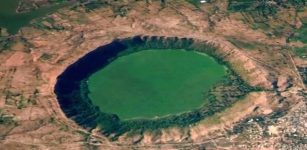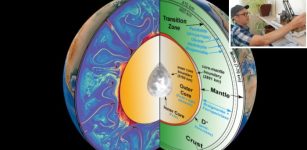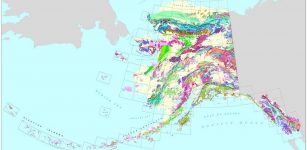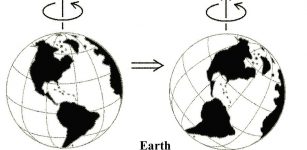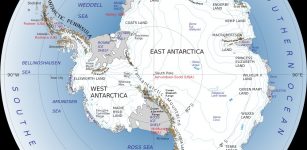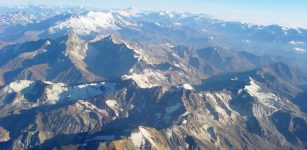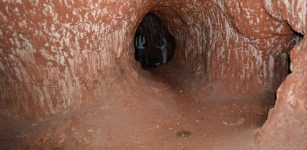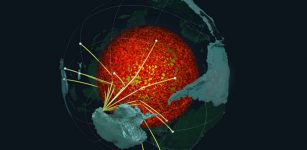Banda Detachment: Dangerous Deep Abyss Explained For The First Time After 90 Years
MessageToEagle.com – For the last 90 years, the so-called Banda Detachment fault has remained an unsolved mystery to geologists.
Nobody has been able to explain, how a 7.2km (4.4 mile) deep abyss beneath the Banda Sea located in eastern Indonesia, became so deep.
Now, for the first time, researchers have seen, documented and worked out how this mysterious and dangerous abyss formed.
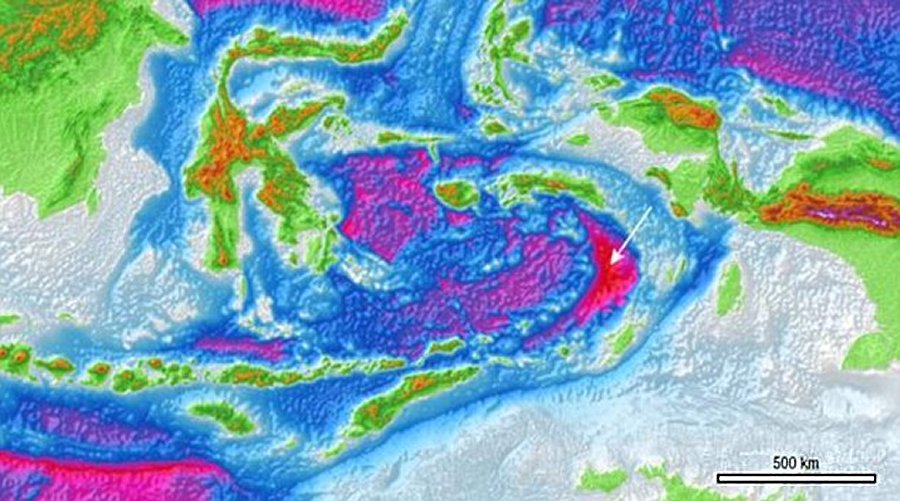
It is important to add that their findings are extremely important because they will help researchers predict future tsunamis and earthquakes in the area, which is part of the Ring of Fire, a very dangerous zone around the Pacific Ocean basin.
See also:
Ring Of Fire: Gigantic Zone Of Frequent Earthquakes And Volcanic Eruptions
“Our research found that a 7 km-deep abyss beneath the Banda Sea off eastern Indonesia was formed by extension along what might be Earth’s largest-identified exposed fault plane,” lead researcher Dr. Jonathan Pownall from ANU said.
The team found the rocks flooring the seas are cut by hundreds of straight parallel scars; these scars show that a piece of crust bigger than Belgium or Tasmania must have been ripped apart by 120 km of extension along a low-angle crack, or detachment fault, to form the present-day ocean-floor depression.
The Banda Detachment represents a rip in the ocean floor exposed over 60,000 square kilometers.
Dr Pownall said he was on a boat journey in eastern Indonesia in July when he noticed the prominent landforms consistent with surface extensions of the fault line.
“I was stunned to see the hypothesised fault plane, this time not on a computer screen, but poking above the waves,” said Dr Pownall, adding that “the extreme amount of extension that must have taken place as the oceanic crust was thinned, in some places to zero.”
The research has been published in GeoScience World.
MessageToEagle.com
Expand for references

